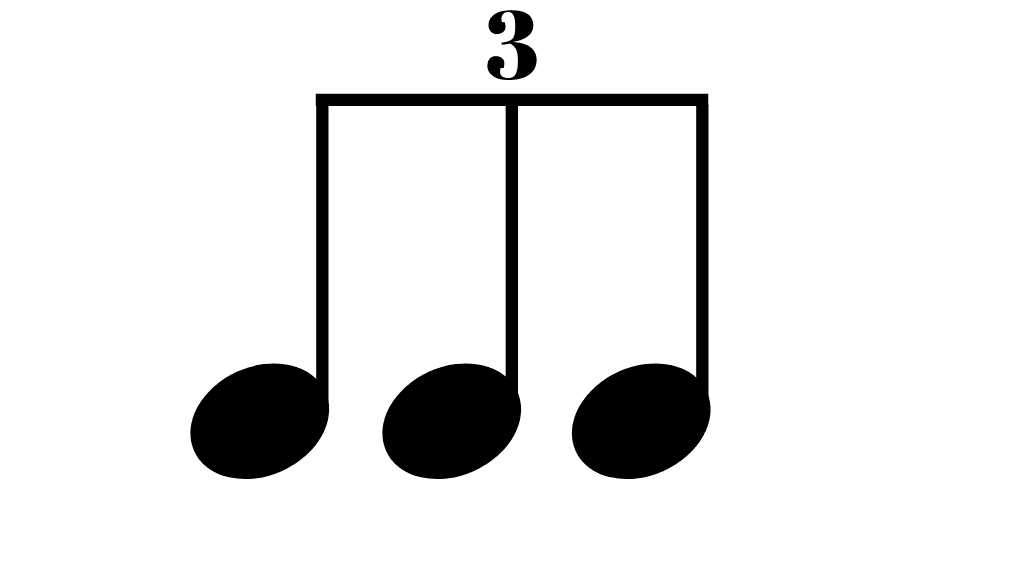Music Theory Final Exam ALL TERMS
1/114
There's no tags or description
Looks like no tags are added yet.
Name | Mastery | Learn | Test | Matching | Spaced |
|---|
No study sessions yet.
115 Terms
staccato
play the note short and detached; space between notes
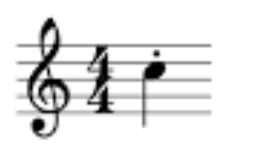
accent
play the note louder, with a special emphasis
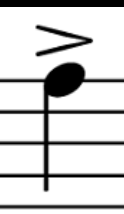
sforzando
a sudden, strong accent
tenuto
somehow make that note special, whether it is shorter, softer, stronger, emphasized
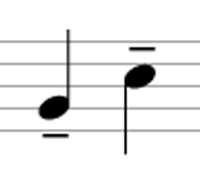
fermata
hold thhe note longer than its normal value (approx. twice the normal duration)
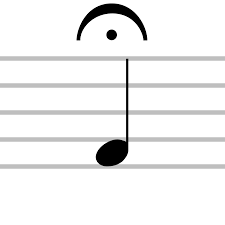
marcato
accented legato (connected but emphasized)
legato
smooth, connected
major scale formula
W W H W W W H
ties
curved line that connects two notes of the same pitch, indicating that they should be played as one note.
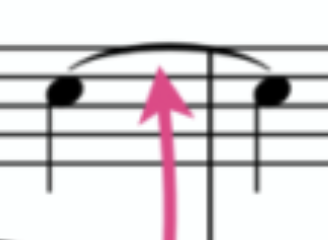
slurs
legato line that indicates notes should be played smoothly without re-articulation

whole note
4 beats

half note
2 beats
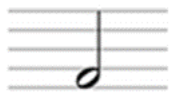
quarter note
1 beat

eighth note
½ beat

sixteenth note
¼ beat

duple
two beats per measure/ or divides the measure into two beats
triple
three beats a measure
whole rest
4 beats rest
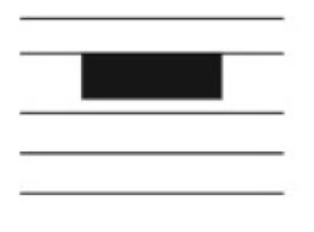
half rest
2 beats rest
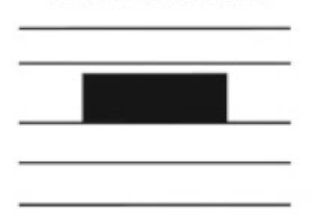
quarter rest
1 beat rest

eighth rest
½ beat rest
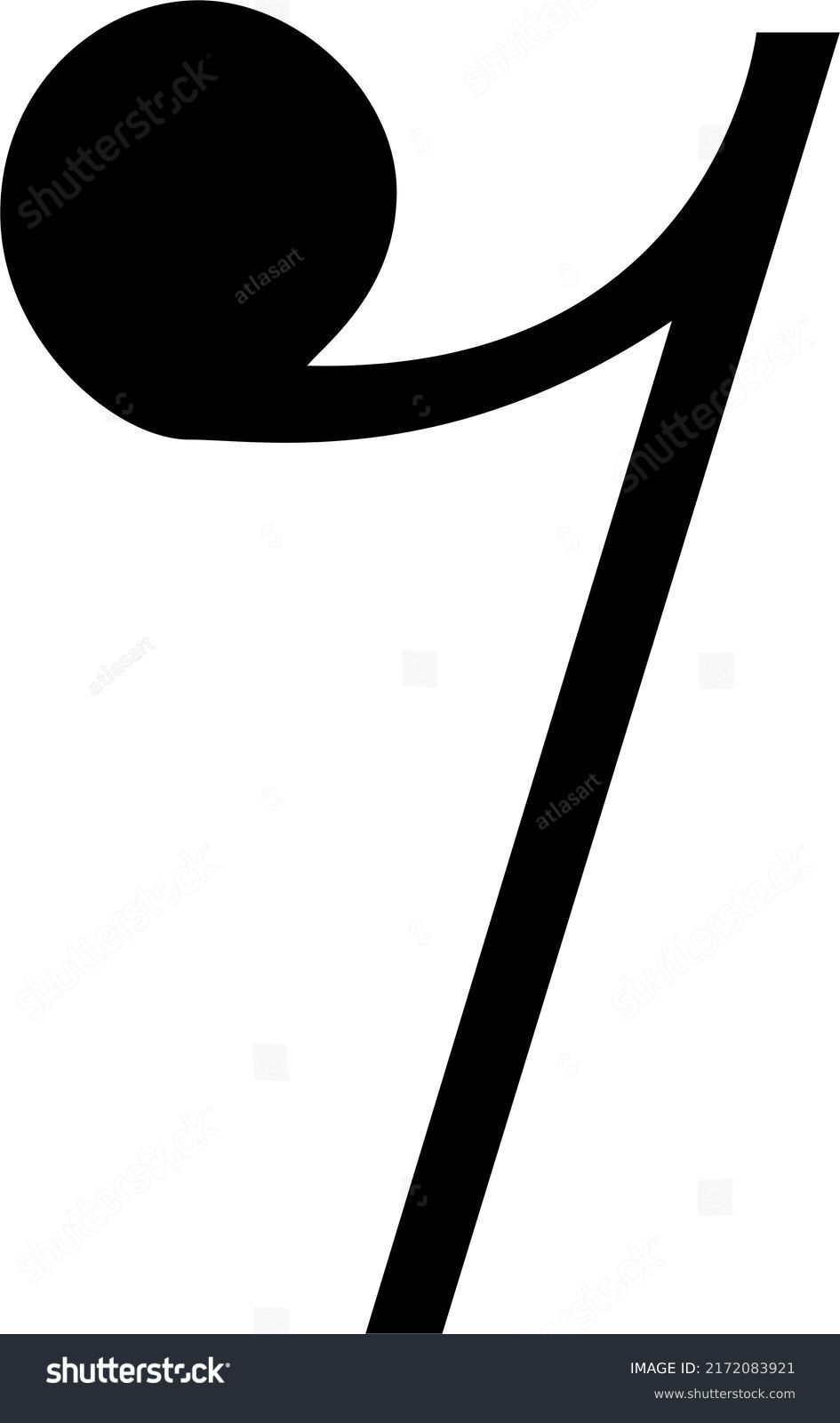
sixteenth rest
¼ beat rest
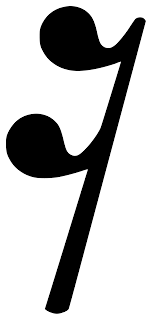
translating to alto/tenor clef
middle c in the middle of the staff
common time
time signature where each measure has four beats, with a quarter note receiving one beat (4/4)
perfect 5th (P5)
an interval between two notes that are seven half steps apart (only one that doesn’t apply is B to F (which is a diminished 5th))
diminished/flattened 5th (C°)
an interval also called a tritone, consisting of six half steps (or 3 whole)
augmented 5th (C+)
an interval that is made up of eight half steps (or 4 whole stels)
tritone
diminished 5th used interchangeably
enharmonic equivalent
refers to two notes that sound the same but are written differently. (C# and Db)
major 2nd
an interval consisting of two half steps (one whole step)
minor 2nd
an interval consisting one half step
major 3rd
an interval consisting of four halfsteps (two whole steps)
minor 3rd
an interval made up of two notes consisting of three half steps
major chord construction
take the root note
add a major third interval above
a perfect fifth interval above the root,
minor chord construction
root note
add a minor third
perfect fifth
diminished chord construction
root note
minor third above it
diminished fifth
augmented chord construction
root note
major third interval
augmented fifth interval above the root
triad
A chord with three notes that can be set as thirds because their pitches work together
bar line v. double bar line
single vertical line in music that separates measures
two bar lines placed close together indicate a significant change in the music like the end of a section or a key change
root note
The fundamental pitch that establishes the key, scale, or chord's tonality
key signature pneumonic
sharps: father charles goes down and ends battle (and flipped for flats)
key signature
a set of sharp, flat, or natural symbols that indicate the key of a piece of music
courtesy accidental
are used to remind the musician of the correct pitch if the same note occurs in the following measure.
presto
very fast
allegro
fast
moderato
moderate
andante
slowish but moving along
adagio
slow
grave
extremely slow, somber
assai
enough
ma non troppo
but not too much
fortissimo
very loud - ff
forte
loud - f
mezzo forte
moderately loud - mf
mezzo piano
moderately quiet - mp
piano
quiet - p
pianissimo
very quiet - pp
cresc./crescendo
growing (louder)
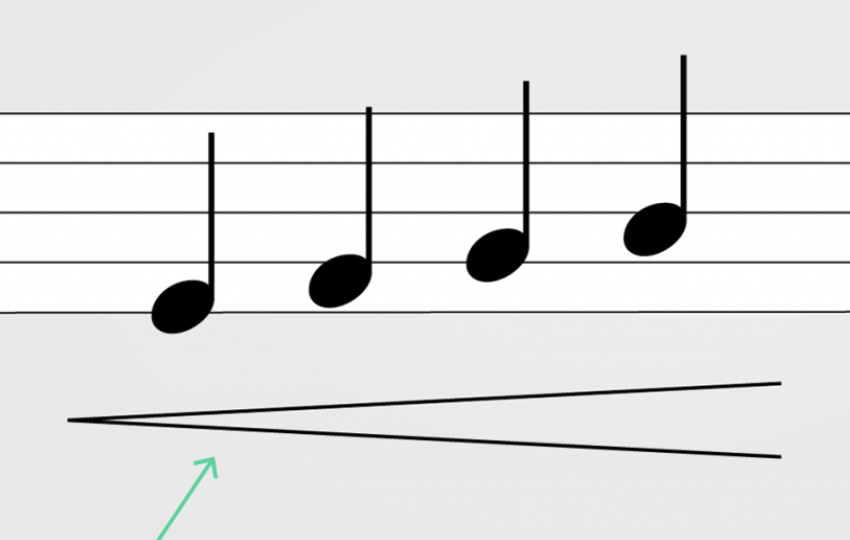
dim./diminuendo
diminishing, getting quieter
sforzando
forcing it
chromatic scale
composed of minor seconds w/ 12 pitches
whole tone scale
composed of major second w/ 6 pitches
D.C.
Da Capo
D.S.
Repeat from the sign
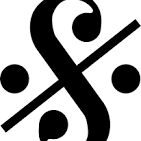
Fine
the end
Coda
an added ending

1st (first) ending
A section of music played the first time through a repeated passage. It is usually marked with a bracket and a number "1" above the measure. After playing the first ending, the musician returns to the beginning or a repeat sign.
2nd (second) ending
The alternate ending played after repeating a section of music. Instead of going back to the first ending, the musician skips it and plays the measures under the bracket marked with a number "2," continuing forward in the piece.
perfect fourth (P4)
5 half steps and is made up of four staff positions
tonic
(1st scale degree) – The "home" note of a key
supertonic
(2nd scale degree) – One step above the tonic
mediant
(3rd scale degree) – Midway between the tonic and dominant;
subdominant
(4th scale degree) – One step below the dominant
dominant
(5th scale degree) – The second most important note after the tonic
submediant
(6th scale degree) — Midway between the subdominant and tonic;
leading tone
(7th scale degree in major and harmonic minor scales) – A half step below the tonic; creates tension that resolves to the tonic
compound meter
where each beat is divided into three equal parts
6/8, 9/8, 12/8
alto clef
middle section is in the middle of the staff
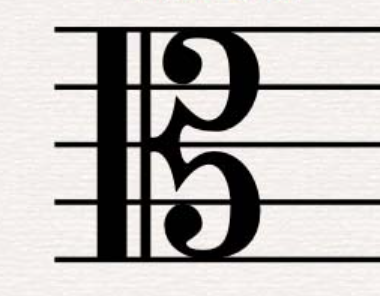
tenor clef
middle section not in the middle of the staff
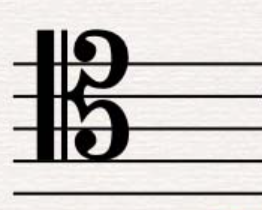
simple meter
time signatures where the beat can be divided into two
2/4. 3/4, 4/4
Scale Degree mneumonic
Tigers Sometimes Make Some Delicious Sweet Lemonade
double sharp
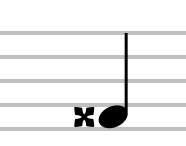
diminuendo
decreasing in volume
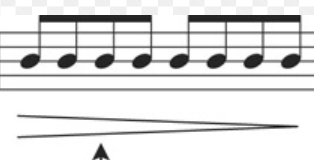
secondary dominant
a dominant functioning chord making you believe (or actually) that it will slip into another key
5 dominant functioning chord
V, V7, vii°, vii°7, viiø7
viiø7 construction
Root + minor 3rd + diminished 5th + minor 7th
vii°7 construction
Root + minor 3rd + diminished 5th + diminished 7th
minor 7th
two half steps below an octave
diminished 7th
three half steps below an octave, one less than a minor 7th
diminished 5th
6 half steps above the root.
minor 2nd (m2)
1 half step above the root
major 2nd (M2)
2 half steps above the root
minor 3rd (m3)
3 half steps above the root
major 3rd (M3)
4 half steps above the root
perfect 5th
7 half steps above the root.
chromatic scales
scale composed of all half steps (minor 2nd); includes all 12 notes within an octave
whole-tone scales
scale composed of all whole steps (major 2nd); includes 6 notes
duple meter
beats grouped in twos; Each measure has 2 beats (or a multiple of 2, like 4)
2/4 (2 quarter notes per measure)
4/4 (4 quarter notes per measure — still duple because it's 2 groups of 2)
triple meter
beats grouped in 3; each measure has 3 beats
6/8, 3/4, 9/8
triplets
divides a beat (or note value) into 3 equal parts instead of the usual 2.
Normally, a beat divides into 2 equal parts (e.g., two 8th notes per quarter note).
A triplet fits 3 notes into the space where you'd normally only hear 2.
takes up more space
